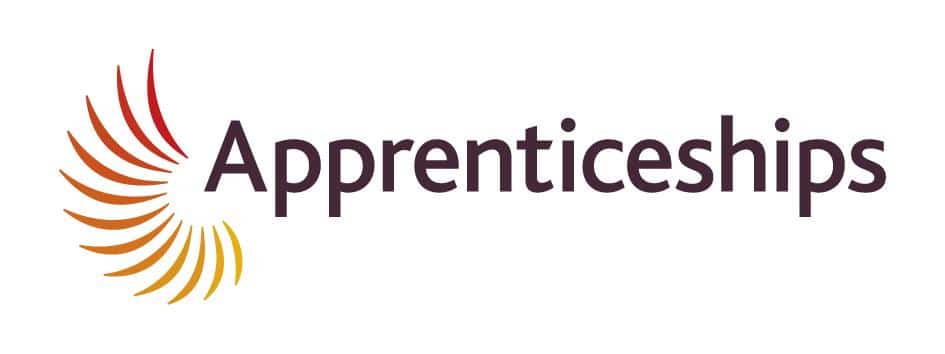Someone once told me about an Osteopath who wrote a thesis called, ‘How a stone in the shoe can become a pain in the neck.’ It was a piece about how the whole of the human body is connected, and the area that hurts, particularly in relation to bones and muscles, is often not the thing that caused the problem.
Studies are showing, more and more frequently, how this holistic connection is far greater and more interwoven than previously perceived. In fact, human biologists now believe that every part of the body is related to another part: mental, physical, emotional and sensory. It is why the largest, richest and most successful sports clubs employ sports psychologists to get their players thinking like winners, and it is why practices like meditation and mindfulness are rapidly gaining in practice and popularity.
The link between positive thinking and physical performance is a strong one and has now found its place firmly settled in the realms of provable science. Less known, but equally accepted in the blossoming world of neuroscience is that fact that the process is just as effective in reverse. Activity increases positivity!
Exercise improves your brain
This is how it works. There are three primary ways in which physical exercise increases cognitive ability.
- The improved blood flow around the body, combined with the chemicals released within your brain, will heighten alertness, sharpen your attention and increase motivation and will-power.
- The brain has trillions of individual nerve cells which are essential for learning and holding information. Physical exercise has been shown to increase the ability and tendency of these nerve cells to bind together: a process which heightens the brain’s learning and information retention capabilities.
- In addition to binding nerve cells to each other, exercising the body will also stimulate increased levels of new nerve cell growth. These important neurological cells are created from within the hippocampus and are the lifeblood of the brain’s cognitive functions.
And there is more:
In addition to the brain functionality and academic learning benefits of physical activity, further studies show that the endorphins and chemicals released can have a whole host of other positive impacts on a person’s life. Physical exercise has been shown to reduce stress and anxiety, help to keep depression under control, create a strong foundation for fighting addictions, and reduce the emotional effects of hormonal changes. The holistic, one-body, approach to medicine, health and fitness is a growing area of scientific study and the conclusions, so far, are irrefutable. A healthy, active body leads to a healthy and active mind.
As far as young children and their schooling is concerned, the conclusions are both powerful and obvious. A child who is physically active and involved in sports (they don’t necessarily have to be the best or even a huge fan of sport) will benefit academically. You could even go as far as to say that physical activity is the most important element of a child’s education because it supports and increases their performance in every other area of learning.
If you would like to know more about this fascinating and massively important subject, then I would highly recommend reading Spark: The Revolutionary New Science of Exercise and the Brain by John Ratey.









